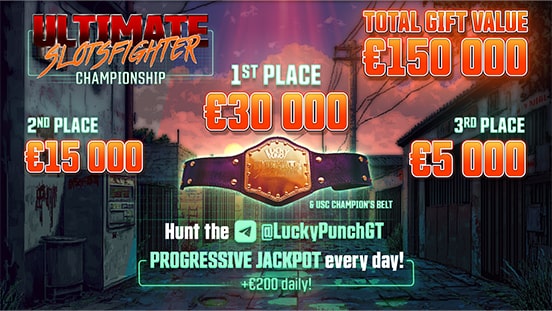What is Bare-Knuckle Boxing?
Bare-knuckle boxing, as the name suggests, is a combat sport where fighters use their bare fists—without gloves or hand wraps—to battle each other in a ring or octagon. This fighting style dates back to 17th-century England and, after centuries of evolution, has resurfaced as a popular modern combat sport. Today, dedicated bare-knuckle boxing tournaments are held worldwide, including in the UK, USA, and even Latvia, captivating audiences with its raw intensity.
The Origins of Bare-Knuckle Boxing
The history of bare-knuckle boxing begins in 17th-century England. According to boxing chronicles like Pugilistica, the first recorded match took place in 1681 at the Duke of Albemarle’s estate. The bout featured the Duke’s footman and a butcher, with the latter emerging victorious as the best bare-knuckle fighter in England.
The first recognized bare-knuckle champion, James Figg, claimed his title in 1719 and held it until his retirement in 1730. Over the years, the sport saw many remarkable feats, such as the six-hour-and-fifteen-minute fight between James Kelly and Jonathan Smith in 1855—the longest match in bare-knuckle history. Another legend, Jem Mace, enjoyed a career that spanned over 35 years, with his final fight taking place in 1909 when he was 78 years old.
The Evolution of Rules
Bare-knuckle boxing was notorious for its brutal nature, often leading to severe injuries or even fatalities. To address this, the sport adopted formal rules in the mid-18th century:
- Broughton Rules (1743): Introduced by Jack Broughton, these rules banned hitting a downed opponent. A round ended when a fighter fell, and the bout continued after 30 seconds of rest.
- London Prize Ring Rules (1838, revised in 1853): These rules defined a ring measuring 24 feet square, enclosed by two ropes. A fighter who fell had to return to the ring’s center within eight seconds or forfeit. Kicking, biting, headbutting, and hitting below the belt were prohibited.
- Marquess of Queensbury Rules (1867): These were a turning point, introducing gloves, three-minute rounds with one-minute breaks, and weight classes. Fighters had ten seconds to rise after a knockdown, or they were declared knocked out.
The Modern Era of Bare-Knuckle Boxing
With the rise of combat sports in the 21st century, bare-knuckle boxing made a striking comeback. In the UK, it regained legal status in 2015, and the establishment of the Bare Knuckle Fighting Championship (BKFC) in 2018 in Philadelphia marked a significant milestone.
Today, bare-knuckle boxing has expanded globally, from the USA and UK to Asia and beyond. In Latvia, it has also gained traction, with the country hosting events specifically for this thrilling combat style.
Current Rules and Championships
Modern bare-knuckle boxing has adapted rules to enhance safety while retaining the sport’s raw appeal. Fighters may tape their wrists and thumbs, but no wraps or padding can extend within 25 millimeters of the knuckles. Strikes are permitted only with closed fists, and hitting a grounded opponent is strictly forbidden.
In BKFC, fighters have ten seconds to recover from a knockdown, and matches typically last five two-minute rounds. Other organizations may extend bouts to seven rounds for title fights.
Weight classes are now a staple, ensuring fair competition. For example, BKFC categorizes male fighters from 61.2 kg to 120.2 kg and female fighters into two divisions: up to 52.2 kg and 52.3–56.7 kg.
Bare-Knuckle Boxing in Latvia
Latvia has also embraced this gritty combat sport. In August, the Bazara 0 Fight Club hosted one of the country’s first-ever bare-knuckle events, featuring seven fighters from Latvia and Lithuania. Well-known participants like Kristaps Zutis and Lithuanian Dominikas Dirkštis captivated audiences, while local fighter and rapper Deniss Stepanovs added star power to the lineup.
The event was a resounding success, drawing significant attention and demonstrating the potential for bare-knuckle boxing in Latvia’s combat sports scene.












